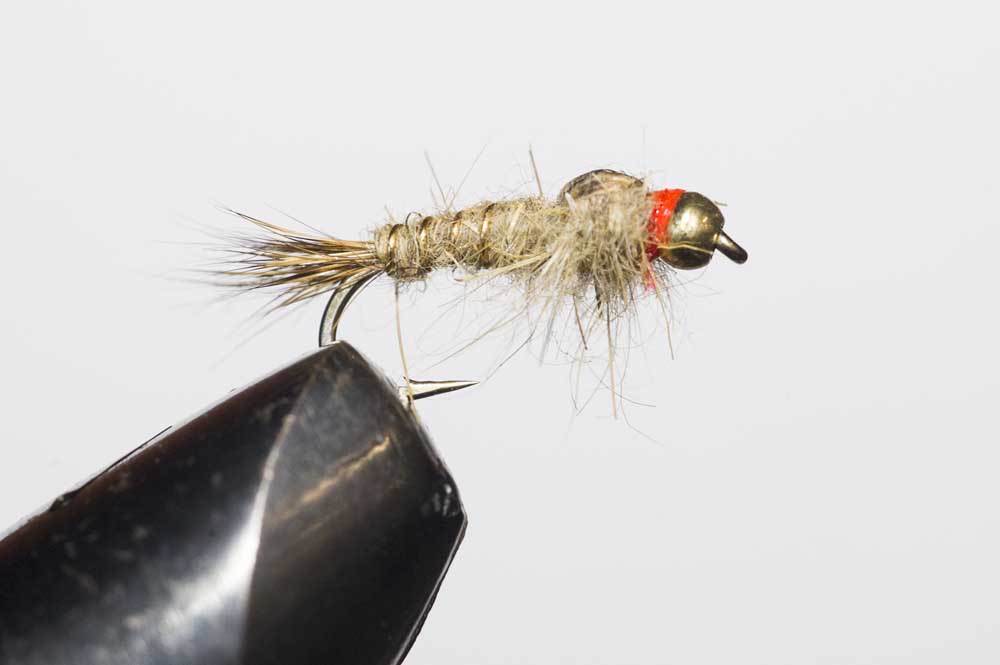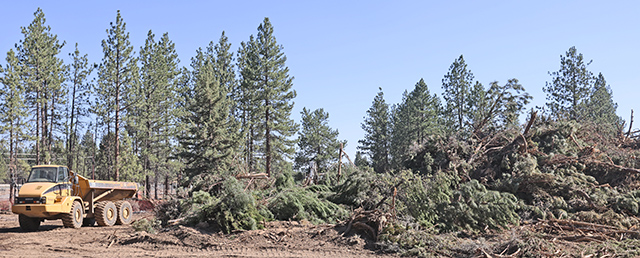Hunting: Sage canyon rooster on a chukar hunt
Published 7:00 pm Monday, November 1, 2021

- Hot Spot Hare’s Ear Nymph, courtesy Rainy’s Flies.
Without a few drops of rain in the last few days, the cover was dry, and absent more than a breath of wind, it was hard for a bird dog to get a snoot full of scent. A rooster pheasant blasted out from head-high sagebrush. I missed it with both barrels and watched it fly several hundred yards ahead. I made a mental note of where it went out of sight.
Our game bags were plump with tailfeathers sticking out. While we were not hunting rooster pheasants specifically, we already had two to our credit.
Trending
This was the first hunt of the season for my 8-year-old pudelpointer, Liesl, and Bill Littlefield’s German wirehair pup, Bandit. The two breeds are about as similar as dogs can be.
We were hunting released chukar and Hungarian partridge at Sage Canyon Preserve near Maupin, so it was not unexpected to flush a few pheasants.
I had seen the bird go down at the base of a juniper tree. It must have worked its way up through the branches because when we approached the tree, it flew out of the top of the juniper, adding another 200 yards to the chase.
The dogs sorted out the scents of tweety birds, chukars and hawk-killed pheasant, and, because I had my eye on the spot where the bird went down, I walked past it. The rooster must have hit the ground and legged it back toward us. Turning at the rush of wings, I folded it with a long shot. It piled hard into the ground.
Liesl heard rather than saw this one hit terra firma and made the retrieve from an open patch of ground between the cattails and wild rye.
With a mouthful of rooster pheasant, she listened for my voice and brought the bird toward me. Rather than drop it at my feet, she held it for a full two minutes, as if savoring the moment. There is nothing this pointing dog likes more than retrieving a bird for her master. We had worked this bird for close to 25 minutes. With long luxuriant tailfeathers and long spurs, that was one of the hardest -won roosters the two of us have collected together.
Trending
Littlefield and Bandit circled back toward Liesl and me at the end of a dike where four quail whirred away in a blur of wings. Expecting chukar, the quail confused me, and I swung on one, pulled off and tumbled another. We finished the afternoon with a mixed bag of pheasant, chukar, Huns and quail. Bandit had proved himself with his first solid lock on a pair of chukar with Liesl honoring. And while Bill and I did not shoot as well as the dogs would have liked, we finished with nine birds brought to hand.
It is always fun to see how different dogs work together. Some are a match and others do not get along. Liesl has hunted with dozens of different dogs in eight seasons, but the one dog that was like her best friend was a German shorthair named Duchess, two years her senior. My friend Bob Mulligan was Duchess’s owner, and we hunted all over Eastern Oregon and Eastern Washington together. Bob passed away in September 2020, and 13 months later Carol Mulligan asked if we would take Duchess in. Just like that we now have two bird dogs in the Lewis family.
Other than scouting for scraps around the dinner table, Duchess hasn’t hunted in almost two years.
We are in the early innings of chukar and quail hunting seasons now, and after a long, hot, dry summer — but the bird numbers are not as bad as they could be. I saw Mikal Cline, the state upland bird biologist last week when I went over to help judge the 2022 upland bird, waterfowl and habitat art entries at Oregon Department of Fish and Wildlife headquarters in Salem.
Cline reports that last year’s good hatches are carrying over for chukar, and we have a wealth of quail in spite of the drought. In addition, there are ruffed grouse and blue grouse in the forest, if the dogs know where to look. A person can probably find reasons to stay home, but I can’t think of any. And as I write this, I’ve got two dogs watching my every move, hoping I’ll grab the vest and shotgun and the keys to the truck.
It has to be one of the best-loved trout flies of the last 150 years. The Hare’s Ear was the first fly many of us caught our first trout on. For me, I caught my first 20 or so on a No. 14 Hare’s Ear. Then one broke my line and I lost it.
The Hot Spot Hare’s Ear is a faithful variant of the old classic with a tungsten bead to get the fly down to feeding fish faster. The other elements of the fly are there: gold wire, wingcase and sparse body.
A hot spot of orange thread at the collar is an attractant, perhaps a strike trigger in off-color water. Orange is a great choice because it stays brighter longer than other bright colors in the spectrum that turn black in deeper water.
Try the Hot Spot Hare’s Ear as a dropper or a point fly when dead-drifting or “dredging.” The Hare’s Ear is crafted from fur taken from the mask of a hare. When tying larger flies, leave the guard hairs in. When going small, guard hairs can be pulled out with a bodkin or left in for a buggier look.
—Gary Lewis, for The Bulletin






